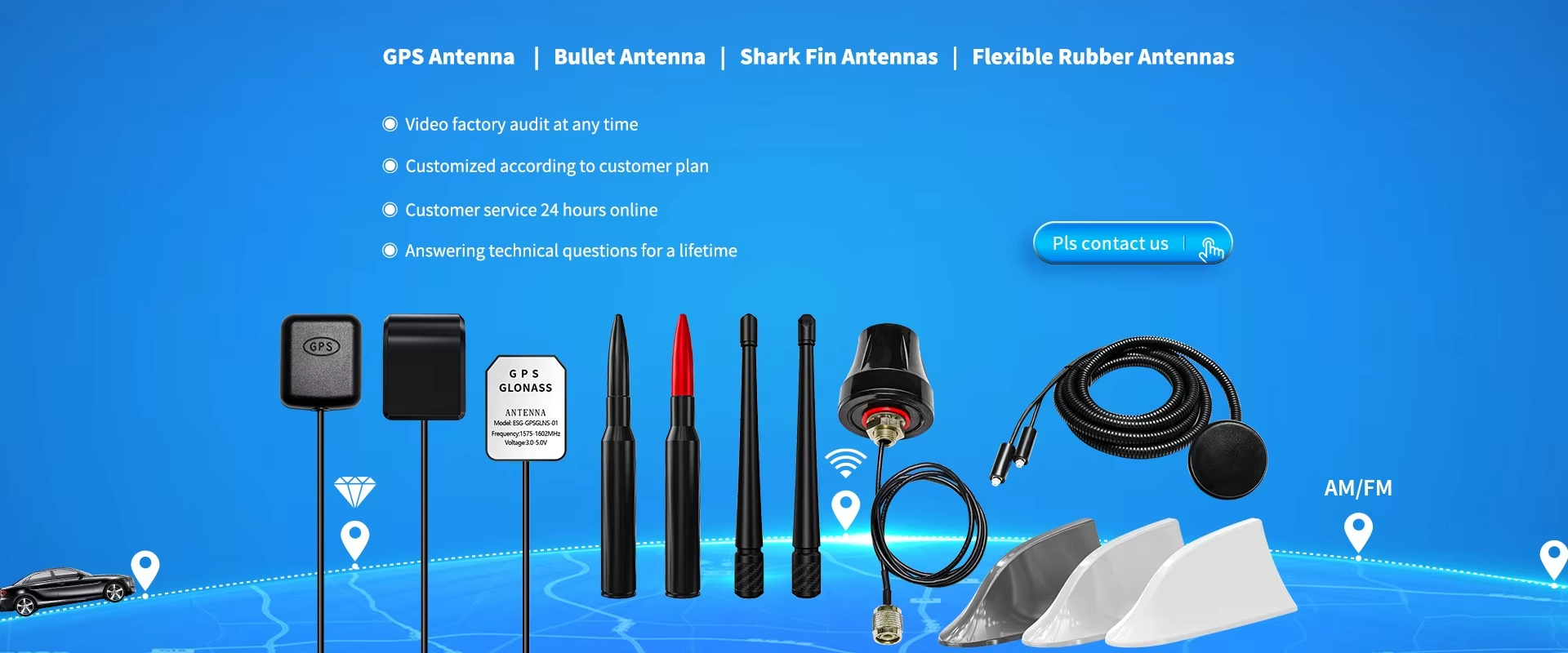Artificial intelligence is rapidly transforming our world, with applications ranging from autonomous vehicles and drones to AI-generated videos. While these innovations are impressive, they also come with significant risks—what if an AI-powered system were hacked or misused to harm individuals or society? To address this growing concern, a group of leading AI researchers has issued a warning report.
On February 20th, 26 experts from institutions such as Oxford, Cambridge, OpenAI, the Electronic Frontier Foundation, and the New American Security Center released a comprehensive report titled *“The Malicious Use of Artificial Intelligence: Prediction, Prevention, and Mitigation.â€* The report highlights the increasing threat of AI being exploited for harmful purposes and calls for urgent action to prevent misuse.
The report warns that the next decade could see a surge in cybercrime, drone abuse, and AI-driven manipulation across various domains, including elections, social media, and even military operations. It emphasizes the need for governments, businesses, and researchers to proactively address these dangers before they escalate.
Among the key recommendations outlined in the report are:
- Encouraging collaboration between policymakers and technologists to anticipate and prepare for potential AI misuse.
- Promoting awareness among AI developers about the risks of their technologies being abused.
- Learning from established fields like cybersecurity to better manage AI-related threats.
- Expanding the involvement of diverse stakeholders in developing solutions to AI risks.
The report identifies three critical security areas where AI can be misused: digital, physical, and political security. It explains how AI can enable large-scale, efficient, and targeted attacks, such as automated hacking, deepfake manipulation, and the use of drones for malicious purposes.
For instance, AI could be used to create realistic fake videos, launch highly targeted spam campaigns, or exploit vulnerabilities within AI systems themselves. In the physical realm, drones and networked systems could be repurposed for sabotage, while in politics, AI could be used to manipulate public opinion on an unprecedented scale.
Despite the alarming nature of these threats, the report also offers practical steps to mitigate them, such as rethinking cybersecurity strategies, promoting transparency, and developing policies that support secure AI development.
Dr. Seán ÓhÉigeartaigh, one of the report’s authors, emphasized the transformative power of AI and the importance of taking proactive measures now. “We are at a crossroads,†he said. “The risks are real, and we must act before it's too late.â€
While the report has been widely praised for raising awareness, some critics argue that it lacks quantitative data and relies heavily on speculative scenarios. Additionally, it notes that not all contributors agree on every point, which may affect its overall impact.
Nevertheless, the report serves as a timely reminder that while AI holds great promise, it also carries significant risks that must be carefully managed. As AI continues to evolve, so too must our approach to ensuring its safe and ethical use.
Car Antenna
Car Antenna, an integral part of modern automotive design, serves as a vital link between the vehicle and the outside world. It is responsible for capturing and transmitting radio frequency signals, enabling drivers and passengers to enjoy a seamless experience in communication and entertainment. This comprehensive introduction to car antennas explores their key features, such as durability, versatility, and compatibility with different systems, as well as the various types available, including AM/FM antennas, satellite radio antennas, GPS antennas, and cellular phone antennas. Furthermore, we examine the diverse applications of car antennas, from basic radio reception to advanced telematics systems, and discuss their significance in the automotive industry, where they have become increasingly important for safety, convenience, and connectivity.
1. Key Features of Car Antennas
- Signal Reception: Car antennas are designed to effectively receive radio frequency (RF) signals from various sources, including AM/FM radio stations, satellite navigation systems, and even cellular networks for in-car connectivity.
- Durability: Given their exposure to varying weather conditions and road vibrations, car antennas are constructed with durable materials to ensure reliable performance over time.
- Aesthetics: Modern car antennas are not only functional but also contribute to the overall aesthetic appeal of the vehicle, often blending seamlessly into the vehicle's design.
2. Types of Car Antennas
- Standard AM/FM Antennas: These are the most common type, typically mounted on the roof or trunk of the car and optimized for receiving AM and FM radio signals.
- Satellite Antennas: For vehicles equipped with satellite radio or navigation systems, dedicated satellite antennas are installed to capture signals from orbiting satellites, providing a wider range of programming options and accurate navigation.
- Multifunction Antennas: As technology advances, multifunction antennas that integrate multiple functionalities, such as AM/FM radio, satellite navigation, and even wireless charging, are becoming increasingly popular.
- Smart Antennas: Advanced smart antennas utilize beamforming and other advanced technologies to dynamically adjust their reception patterns, optimizing signal quality and reducing interference.
3. Applications of Car Antennas
- Radio Entertainment: The primary application of car antennas is to enable drivers and passengers to enjoy a wide variety of radio programming, including music, news, sports, and talk shows.
- Navigation and Communication: Satellite-based antennas facilitate accurate navigation and communication with emergency services, ensuring drivers stay informed and connected even in remote areas.
- Vehicle-to-Everything (V2X) Communication: In the future, car antennas may play a critical role in V2X communication systems, enabling vehicles to communicate with other vehicles, infrastructure, and pedestrians, enhancing road safety and traffic efficiency.
Car Antenna,car radio Fm/AM antenna,car satellite tv antenna,High gain car radio antenna
Yetnorson Antenna Co., Ltd. , https://www.yetnorson.com
